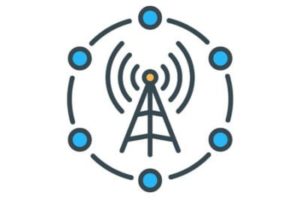The GSMA has released its Global Mobile Trends report for 2021. The annual report looks at the major developments in the telecommunications market in the past year, and makes some basic predictions about the evolution of the market in the year to come.

This year’s report inevitably addresses the outsized impact of COVID-19. In higher income countries, telecom revenues for the year were down between four and eight percent, due partly to decreased opportunity (store closures and international travel lockdowns) and partly to changing consumer habits as people reduced their spending to weather the depression. However, the GSMA noted that the world’s mobile infrastructure was robust enough to handle a massive 50-100 percent uptick in digital traffic as people adjusted to a remote environment.
In the meantime, 5G networks continued to expand all over the globe. According to the GSMA, 113 mobile operators have collectively launched 5G networks in 48 different countries, and 5G is now expected to account for 20 percent of all mobile connections by 2025. Much of that will be driven by 5G leaders like China and the US, where consumer interest in 5G will rise as the price of handsets continues to fall. 5G is also expected to transform manufacturing operations.
Other trends include the commercialization of Open RAN (Radio Access Network) technologies and the growing adoption of 4G smartphones in emerging markets. Open RAN will allow the mobile industry to reduce costs, increase competition, and make networks more flexible. 4G, meanwhile, will account for the majority (57 percent) of the mobile customer base by 2025. Eighty-five percent of the mobile connections in India are 4G connections, and that trend is likely to continue there and in other parts of the world as smartphones become more affordable.
The report arrives shortly after the GSMA announced that it will be resuming in-person events with MWC Shanghai in February.

Follow Us